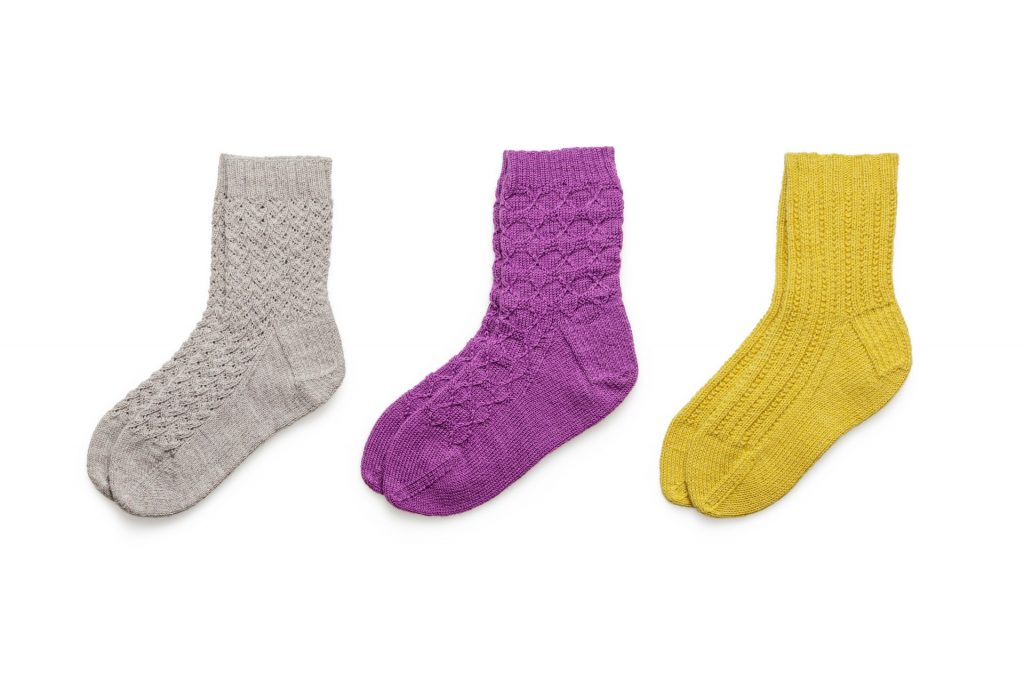We’re all trying to be better about reusing and recycling. So here’s a list of unexpected things you can save from filling up the landfill.
 Aquafaba
Aquafaba
Aquafaba refers to the leftover cooking liquid of certain beans and legumes, most commonly garbanzo beans. It can easily stand in for egg whites in recipes that require whipping to create volume, like meringue. Be sure to use the canned garbanzo liquid in pastry applications; it’s the starchiest and holds air the best.
America’s Test Kitchen tested sugar and cream of tartar in aquafaba and found that aquafaba whipped with sugar was more stable than aquafaba whipped alone and released only a little liquid, while aquafaba whipped with cream of tartar stabilized almost completely and released only 2 ml of liquid after an hour.
Use aquafaba to make fluffy vegan muffins, pancakes, mousse, and meringue.
Beaver Poncho
That waterproof poncho you got for the last Oregon State University game is made of polyethylene plastic – like most common grocery bags – meaning the quintessential beaver poncho can be heat-treated to create a durable, flexible plastic sheet. With an iron and a little sewing know-how, a handful of game-day ponchos saved from the trash could become a reusable shopping bag, a storage pouch, a raincoat, jewelry, or a couple translucent lanterns. 
When dealing with plastics and heat, keep proper ventilation and use the lowest heat necessary to fuse the layers together. Melted high-density polyethylene does not release many fumes, but it can stick to you and remain very hot.
Unlike a lot of the other waste on this list, plastic will not decompose; it breaks into much smaller pieces, called microplastics, which marine and human life can then ingest. Recycling plastic is useful in mitigating this problem, but reducing and reusing are even better.
Citrus and Banana Peels
Citrus peels are full of essential oil, which is visible in pores on the surface. Citrus peels can be used to polish a wooden surface, or to gently scrub a cast-iron pan. Left to steep in vinegar they create an effective natural cleaner. Or boil them in sugar water until candied, then dip in chocolate or use to decorate a cake.
To actually extract the oil, Johnathon Engels of OneGreenPlanet shares the following method: blend about 20 fruit peels into a paste in a food processor, soak in vodka, shake once or twice a day for three days, strain out the solids, then leave the liquid in a shallow dish so the vodka can evaporate.
Banana peels may be soaked in water for a few days to release potassium, phosphorus, magnesium, and calcium. Compost the banana peel and use the leftover water to feed your plants!
Egg Cartons
Egg cartons’ unique shape makes them ideal for purposes practical and glamorous. Use them to sprout seeds before transplanting to a garden – especially useful if your egg carton is compostable. You can paint them bright colors and invert around a vase for a funky original art piece, or cut them into flowery shapes for a hanging garland or wreath or even a lamp.
Dryer Lint
Dryer lint makes an excellent fire starter, especially when paired with a flammable holder like a toilet paper tube. It can also be mixed into home-made paper, used as papier mache, mixed with flour and oil to make clay, or used as a heat-retaining lining in potted plants.
Important note: As clothing lint is so flammable, we recommend against using it in anything that you would like to avoid catching on fire, like quilt stuffing or pet bedding.
 Holey Socks
Holey Socks
“Darning” refers to mending a hole by using a needle to weave yarn together, incorporating the hole’s ragged edges. But if you don’t feel inclined to darn, a sock with a hole in it could still prove useful.
Use them to cover ice packs, store breakables, or insulate drinks with one-of-a-kind koozies. You can also cut them into strips to make a rug or potholder, wear over your hands to dust hard-to-reach-places, or use them to wrangle smaller items like chargers, spare change, and batteries.
Plastic Milk Jugs
Milk jugs are made of especially tough plastic when compared to containers for produce or meat, which makes them difficult to cut for certain projects. So use their unique shape to your advantage.
You would turn a handful of jugs into a hanging garden, cut out windows in the sides and use one as a bird feeder, cut diagonally down from the handle to make a medium-duty shovel, or cut out the handle itself to make a light-duty shovel. You can also paint jugs black, fill them with water, and put them around plants that need extra protection in the winter – the water will store solar energy, but cover them at night to hold onto the heat.
Plastic Waterproof Marijuana Container
These now-ubiquitous plastic containers persist in the earth long after your weed has been carried home and consumed. Consider reusing the small waterproof containers to hold anything you’d like to keep dry, private, or contained, like matches, medications, other kinds of herbs, sewing needles, wall tacks, the aforementioned dryer lint, etc.
These containers are easily customized with permanent markers, paint, duct tape, washi tape, or even blackboard paint, so you can visualize the contents at a glance.
The cumulative effects of reusing common garbage won’t stop climate change anytime soon, but they might just make your home a little more beautiful.
By Grace Miller
Do you have a story for The Advocate? Email editor@corvallisadvocate.com

